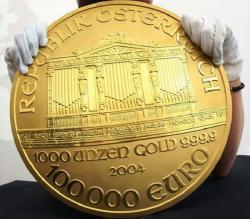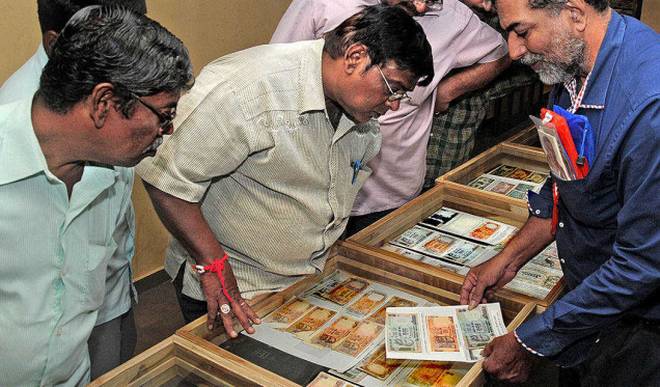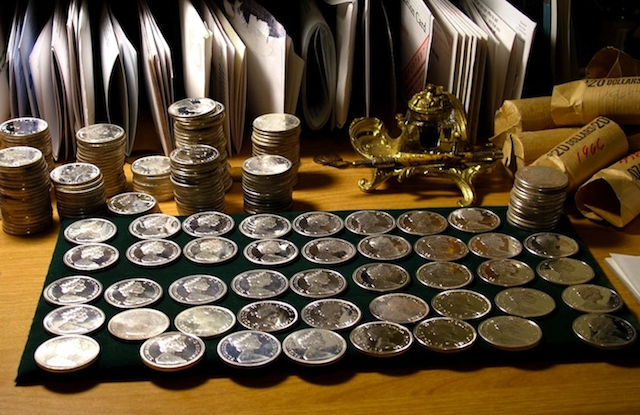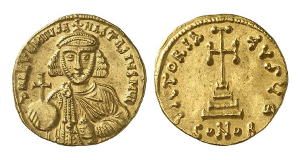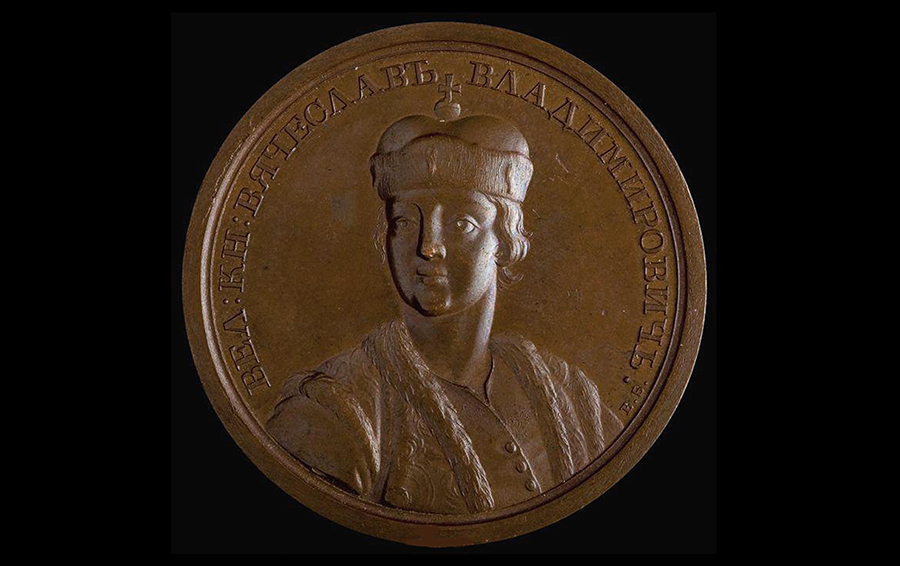every collector
Coin Albums
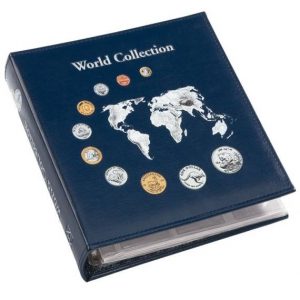 Many numismatists with a sense of satisfaction recall the old days, when doing coin collecting, they could buy coin albums in almost any store in the country, which over time filled with new and new copies. As for the present, it is quite difficult to buy really good coin albums. This is due to the fact that in stores more and more fakes appear that quickly deteriorate and tear. In general, coin collectors believe that the best albums for coins are albums in which at least two hundred coins are placed, since, firstly, it saves the problem of storing such albums, and secondly, it saves money that can be spent on same purchase of coins. In addition, the album should be of high quality, be durable and have a beautiful appearance, so that each time you use or view it, you should feel additional joy and spiritual satisfaction. Continue reading
Many numismatists with a sense of satisfaction recall the old days, when doing coin collecting, they could buy coin albums in almost any store in the country, which over time filled with new and new copies. As for the present, it is quite difficult to buy really good coin albums. This is due to the fact that in stores more and more fakes appear that quickly deteriorate and tear. In general, coin collectors believe that the best albums for coins are albums in which at least two hundred coins are placed, since, firstly, it saves the problem of storing such albums, and secondly, it saves money that can be spent on same purchase of coins. In addition, the album should be of high quality, be durable and have a beautiful appearance, so that each time you use or view it, you should feel additional joy and spiritual satisfaction. Continue reading
Banknotes and paper money (VIII-XX century)
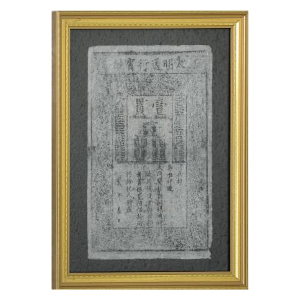 The history of paper money is just as exciting and varied as the history of metallic money. At the beginning of the history of paper money, there were two forms of banknotes – a receipt and a promissory note.
The history of paper money is just as exciting and varied as the history of metallic money. At the beginning of the history of paper money, there were two forms of banknotes – a receipt and a promissory note.
The receipt was issued as a certificate that a specific amount of metallic money is in the banker’s custody. Over time, the receipt has become possible to transfer to another person. Later, the receipt acquired the form of a banknote, which documented the client’s right to receive the amount in the form of coins indicated on the banknote at any time. Over time, the debt receipt turned into public money, which, as a rule, could not be received in the form of coins, but which had to be accepted for payment by all public funds. In addition, there are still temporary paper money issued to compensate for the shortage of coins. Continue reading
German coins since 1871 – from Reichsmark to Euro
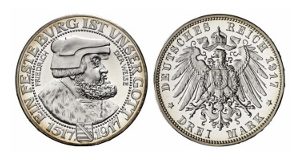 With the adoption of the constitution of the German Empire on April 16, 1871, responsibility for the currency of the empire passed from individual federal states to the government of the empire. Thus, it became possible to carry out long-overdue reforms on the establishment of a single system of sizes, types and weight of coins, the embodiment of which was the Reichsmark.
With the adoption of the constitution of the German Empire on April 16, 1871, responsibility for the currency of the empire passed from individual federal states to the government of the empire. Thus, it became possible to carry out long-overdue reforms on the establishment of a single system of sizes, types and weight of coins, the embodiment of which was the Reichsmark.
A mark (equal to 1/3 of a thaler in the north of Germany and 35 kreutzers in southern Germany) with a decimal division was adopted as a single nominal unit. One brand became equal to 100 pfennigam. Silver and gold coins were issued. Continue reading
